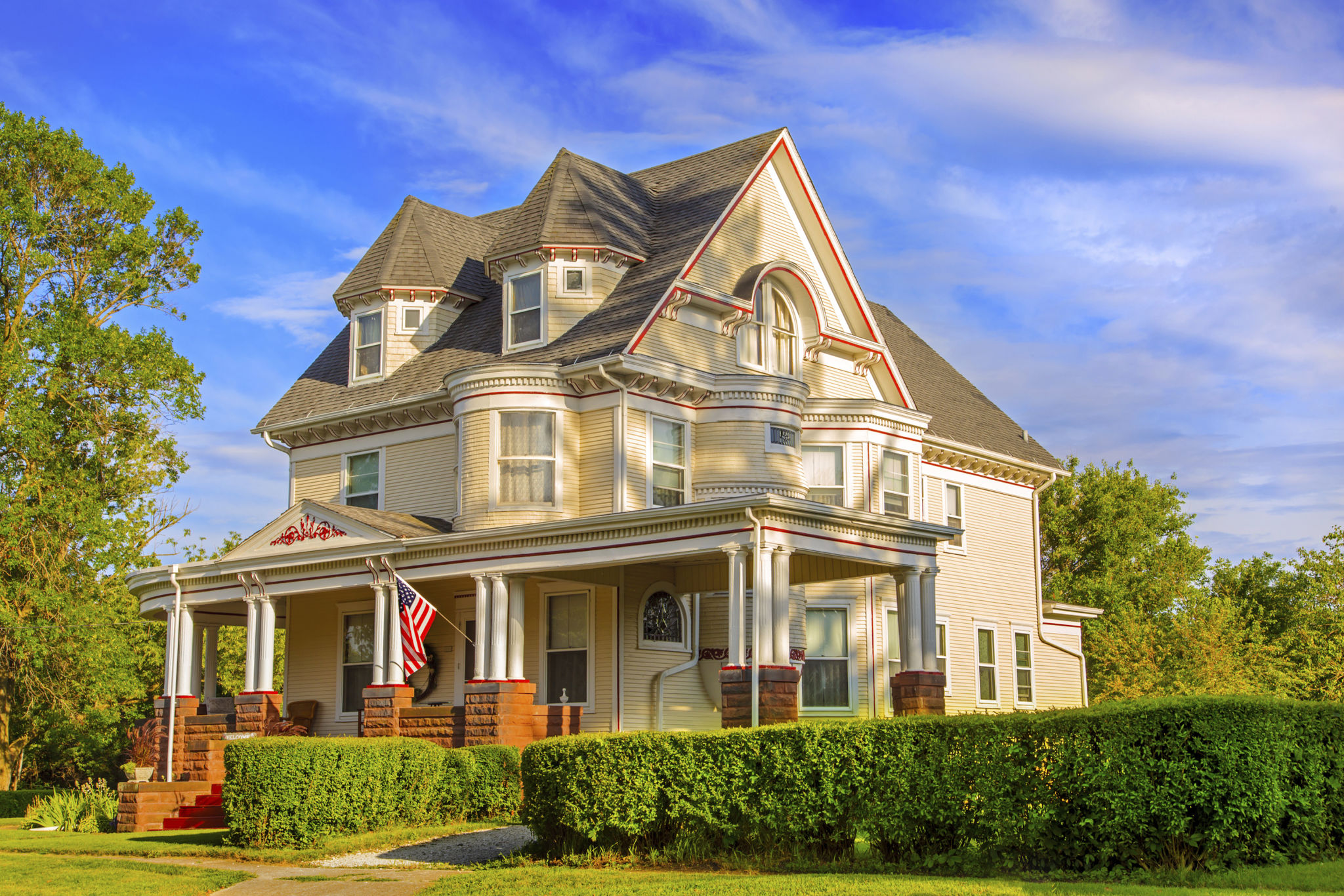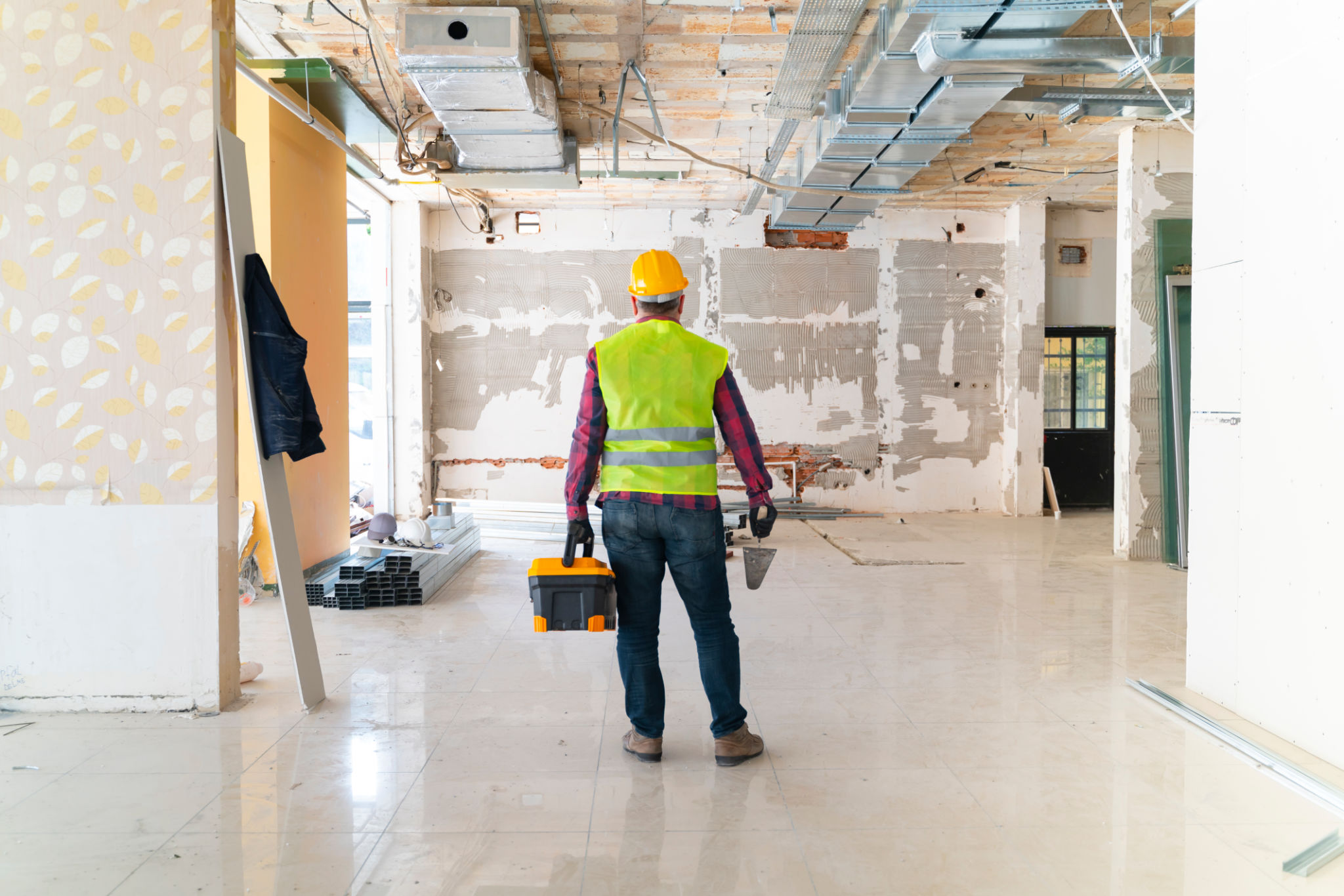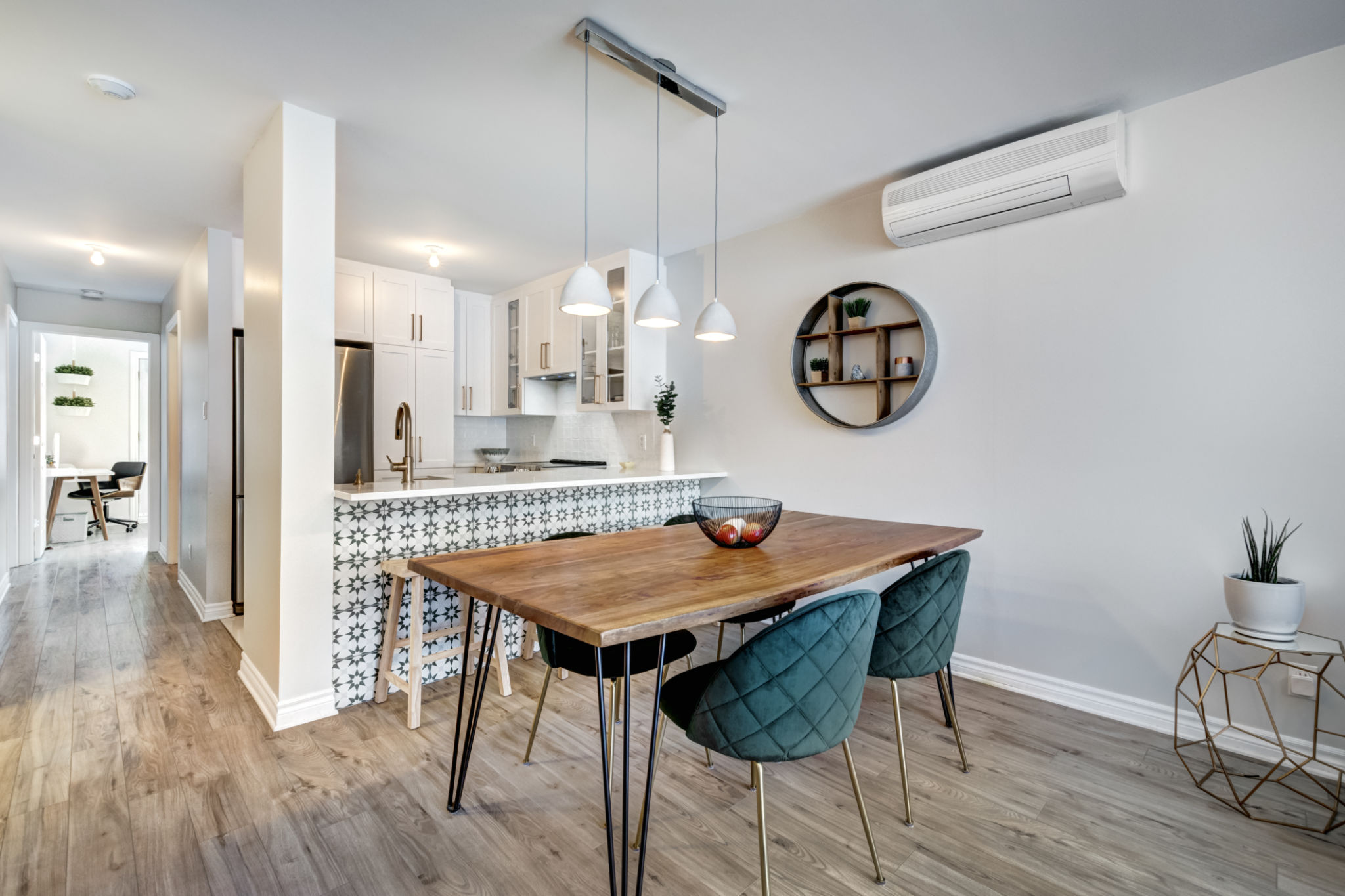Case Study: Transforming a Historic Home with Modern Renovation Techniques
SH
Introduction to the Historic Home
Transforming a historic home can be a challenging yet rewarding endeavor. These homes often come with a rich history and unique architectural features that are worth preserving. However, integrating modern amenities and ensuring the home meets current building codes requires a thoughtful approach. This case study explores how a historic home was successfully renovated using modern techniques while maintaining its original charm.

Initial Assessment and Planning
The first step in the renovation process was a comprehensive assessment of the home's condition. This involved a detailed inspection to identify structural issues, outdated systems, and areas that required immediate attention. The goal was to create a renovation plan that would address these issues while enhancing the home's functionality and aesthetics.
During the planning phase, it was crucial to consult with experts in historic preservation. Their input ensured that the renovation would respect the home's historical significance. Additionally, modern architects and designers were brought on board to integrate contemporary elements in a way that complemented the original architecture.
Preserving Historical Features
One of the primary objectives of the renovation was to preserve the home's historical features. This included restoring original woodwork, repairing vintage windows, and maintaining the unique façade. Special care was taken to use materials and techniques that matched the original construction as closely as possible.
For instance, the home's original hardwood floors were carefully sanded and refinished, bringing back their former glory. Similarly, the intricate moldings and trim were meticulously restored, retaining the craftsmanship of a bygone era.

Incorporating Modern Amenities
While preserving historical elements was important, the renovation also aimed to incorporate modern amenities to enhance the home's livability. This included updating the electrical and plumbing systems, installing energy-efficient windows, and adding modern heating and cooling systems.
The kitchen and bathrooms received significant upgrades. High-end appliances, contemporary fixtures, and custom cabinetry were installed to create spaces that were both functional and stylish. These updates ensured that the home met the needs of modern living without compromising its historical integrity.
Smart Home Integration
Another key aspect of the renovation was the integration of smart home technology. This included installing a state-of-the-art security system, smart lighting, and a home automation system that allowed for remote control of various features. These additions provided convenience and enhanced the overall safety and efficiency of the home.
To ensure that the technology blended seamlessly with the historic aesthetic, careful consideration was given to the placement and design of these systems. For example, smart thermostats were chosen for their sleek design, which did not detract from the home's vintage charm.

Challenges and Solutions
Renovating a historic home comes with its own set of challenges. One of the main issues encountered was dealing with outdated building materials and techniques that were no longer up to code. To address this, the renovation team worked closely with local building authorities to ensure all updates met current standards.
Another challenge was maintaining the balance between old and new. It was essential to ensure that modern additions did not overshadow the home's historical character. This was achieved through careful selection of materials, colors, and design elements that complemented the original architecture.
Conclusion
The transformation of this historic home demonstrates how modern renovation techniques can be used to breathe new life into old structures. By carefully preserving historical features while incorporating contemporary amenities, the renovation team created a home that honors its past while embracing the future.
This case study serves as an inspiration for anyone looking to renovate a historic property. With the right approach and expertise, it is possible to create a space that offers the best of both worlds: the charm of history and the comforts of modern living.
